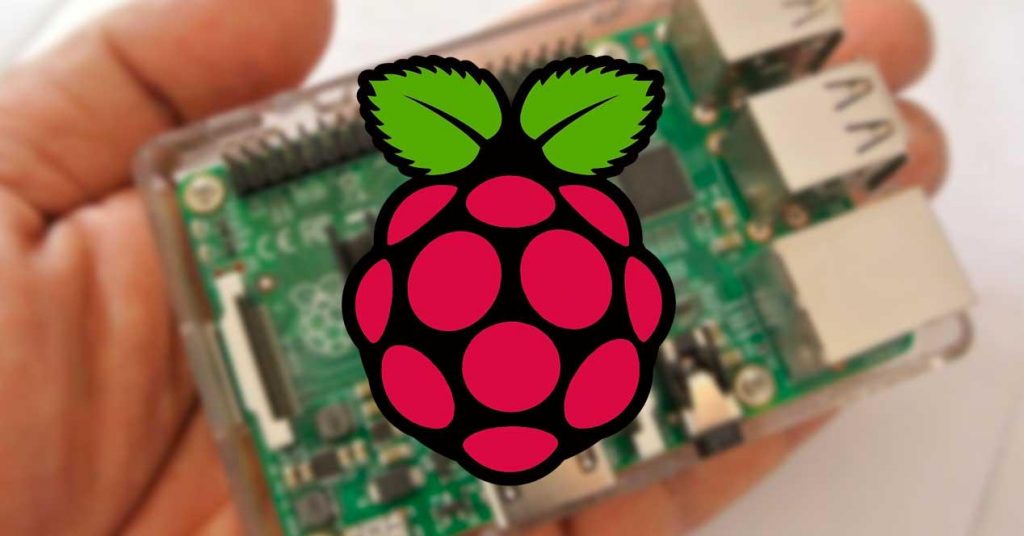Do it yourself : The best open-source home surveillance system on raspberry pi !

Dear fellas ,
At first , kind thanks to Cris Crisan in regards to his share on github as this initiative will make your life easier .
Before Proceeding :
- Read the general Installation page first.
- These instructions apply only to an up-to-date Raspbian Stretch.
- All commands require root; use
sudobefore each command or become root usingsudo -i. - If you want to use the CSI camera module for the Raspberry PI, make sure you have enabled it in
raspi-config. - Installation instructions confirmed on RaspberryPiOS 20210507 Lite, on 10/23/2021
- Installation instructions confirmed on RaspberryPiOS 20210507 Full Desktop, on 10/23/2021
Instructions
- Install
ffmpegand othermotiondependencies:apt-get install ffmpeg libmariadb3 libpq5 libmicrohttpd12 -y - Install
motion:wget https://github.com/Motion-Project/motion/releases/download/release-4.2.2/pi_buster_motion_4.2.2-1_armhf.deb dpkg -i pi_buster_motion_4.2.2-1_armhf.debnote: Raspbian Buster comes withmotionversion 4.1; it is however recommended that you install version 4.2, as indicated above - Install the dependencies from the repositories:
apt-get install python-pip python-dev libssl-dev libcurl4-openssl-dev libjpeg-dev libz-dev -y - Install
motioneye, which will automatically pull Python dependencies (tornado,jinja2,pillowandpycurl):pip install motioneyenote: Ifpillowinstallation fails (hangs and ends at 99%),
you can install it from official repos usingapt-get install python-pil -y
and rerunpip install motioneye. - Prepare the configuration directory:
mkdir -p /etc/motioneye cp /usr/local/share/motioneye/extra/motioneye.conf.sample /etc/motioneye/motioneye.conf - Prepare the media directory:
mkdir -p /var/lib/motioneye - Add an init script, configure it to run at startup and start the
motionEyeserver:cp /usr/local/share/motioneye/extra/motioneye.systemd-unit-local /etc/systemd/system/motioneye.service systemctl daemon-reload systemctl enable motioneye systemctl start motioneye - To upgrade to the newest version of motionEye, just issue:
pip install motioneye --upgrade systemctl restart motioneye
